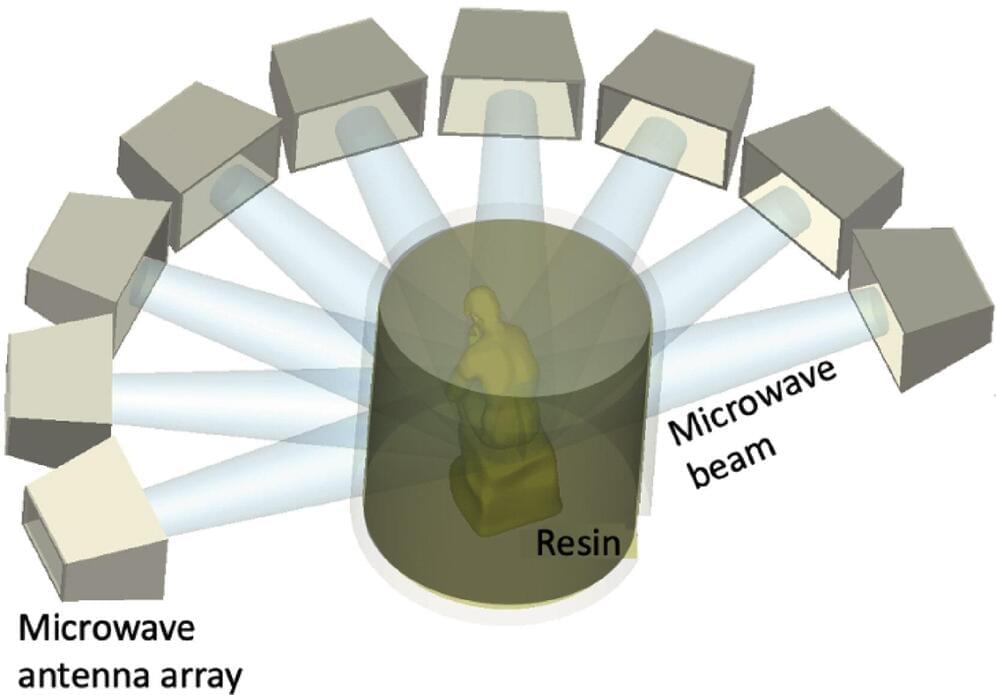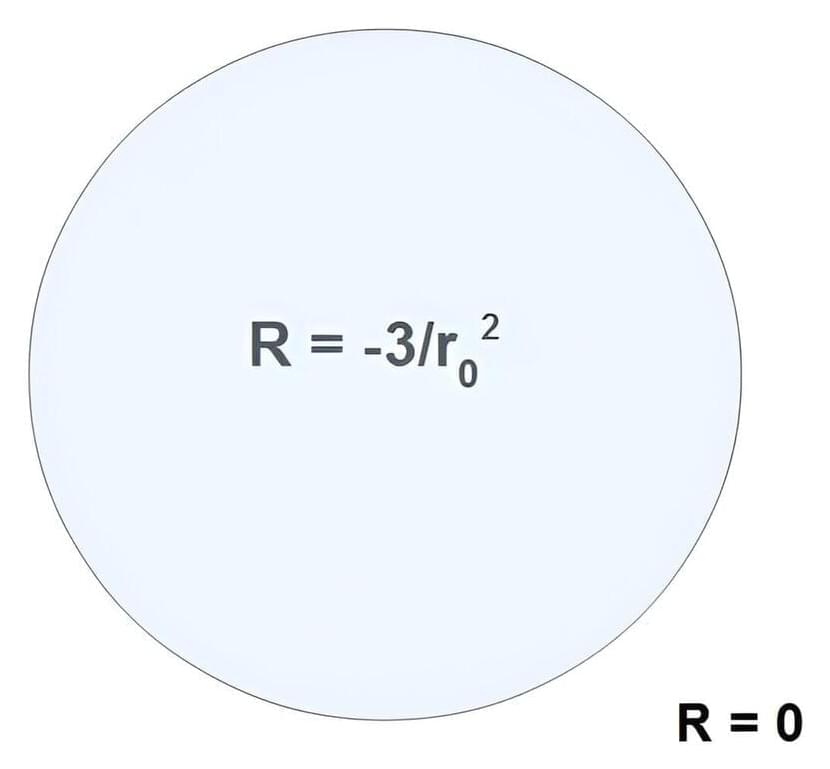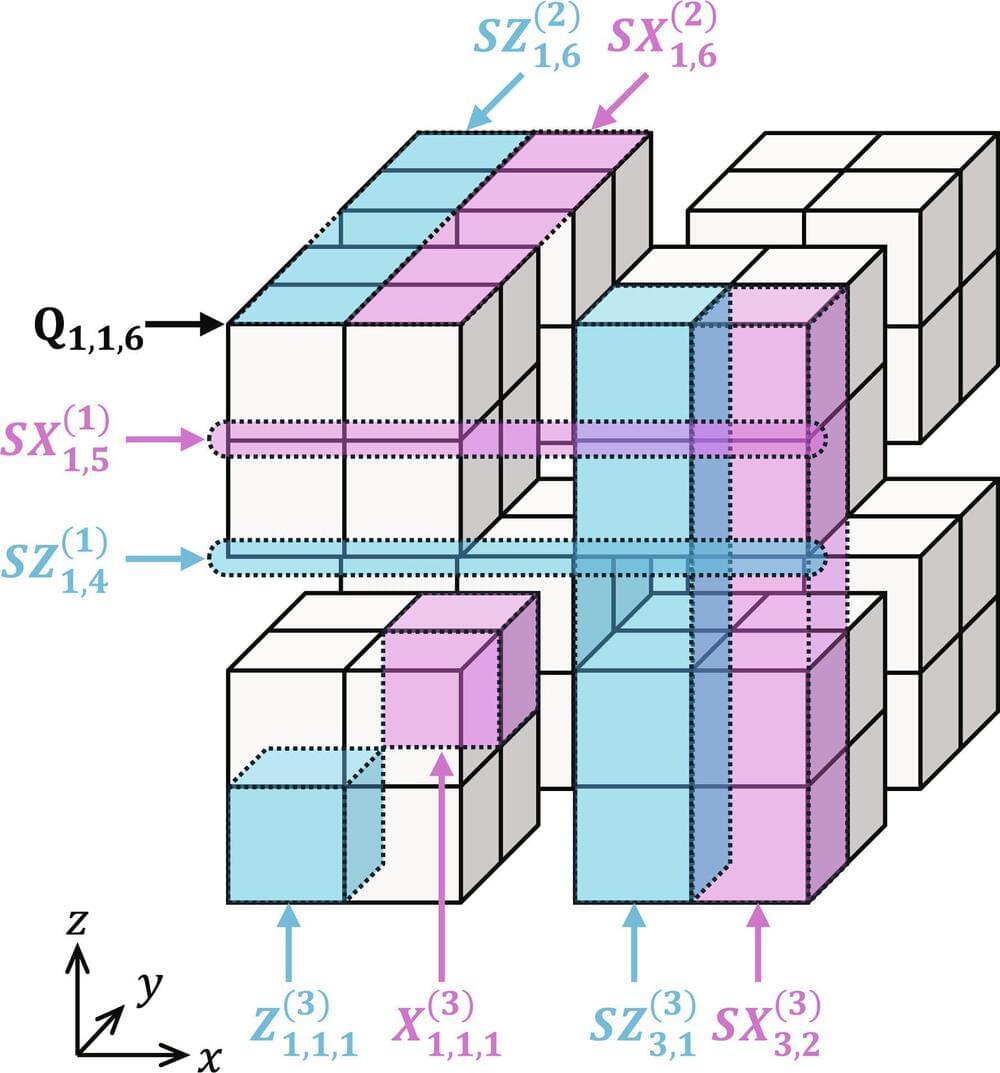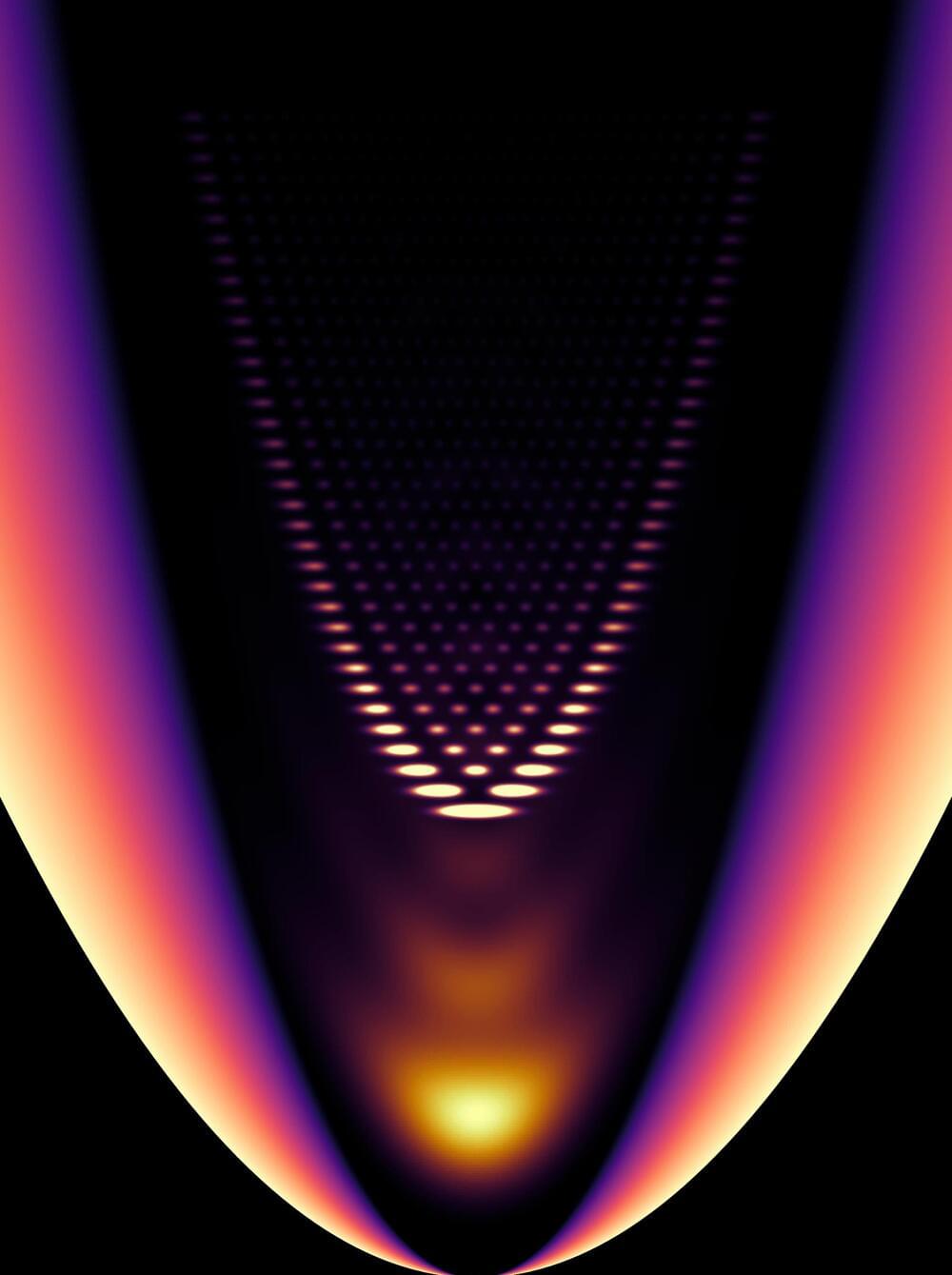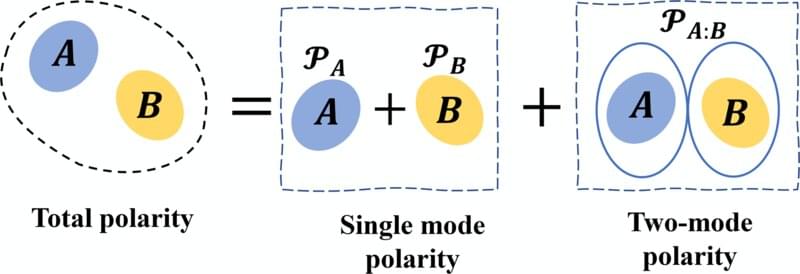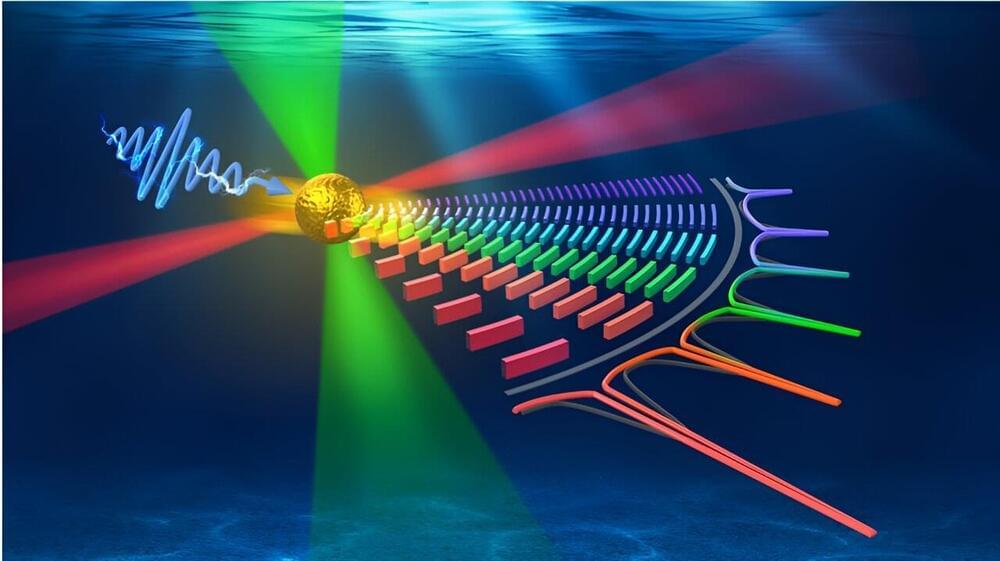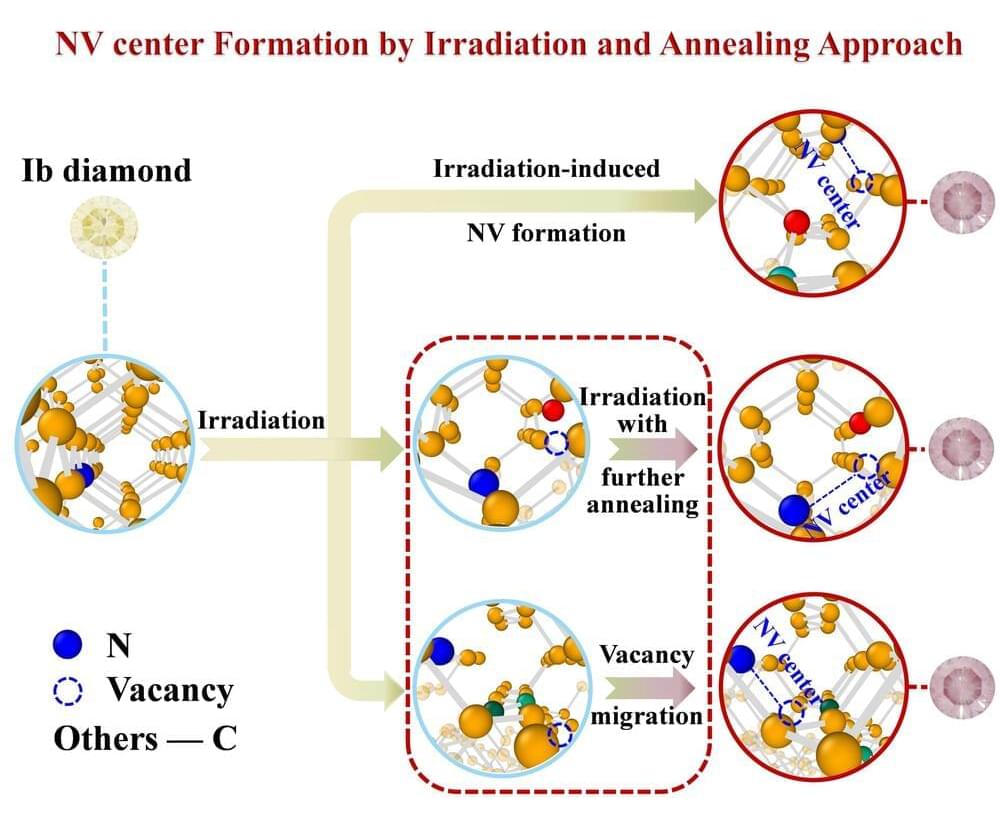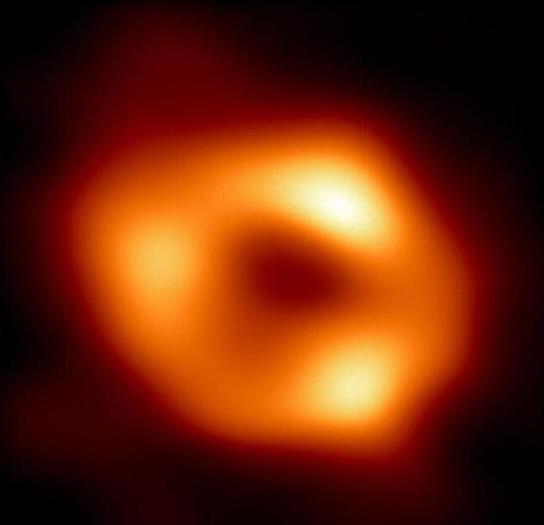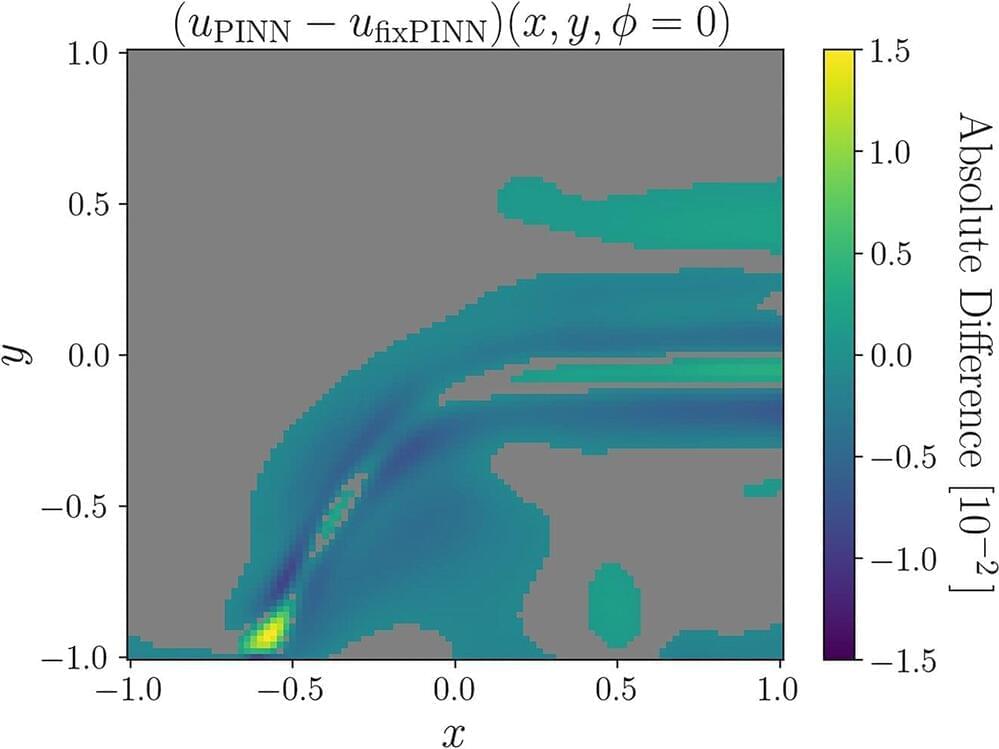Sep 7, 2024
Revolutionizing 3D printing through microwave technology
Posted by Saúl Morales Rodriguéz in categories: 3D printing, biotech/medical
In the rapidly evolving world of 3D printing, the pursuit of faster, more efficient and versatile production methods is never-ending. Traditional 3D printing techniques, while groundbreaking, are often time-consuming and limited in the kinds of materials they can use as feedstock.
But, through a new process a Lawrence Livermore National Laboratory (LLNL) team is calling Microwave Volumetric Additive Manufacturing (MVAM), researchers have introduced an innovative new approach to 3D printing using microwave energy to cure materials, opening the door to a broader range of materials than ever before.
In a recent paper published in Additive Manufacturing Letters, LLNL researchers describe the potential of microwave energy to penetrate a wider range of materials compared to light-based volumetric additive manufacturing (VAM).
